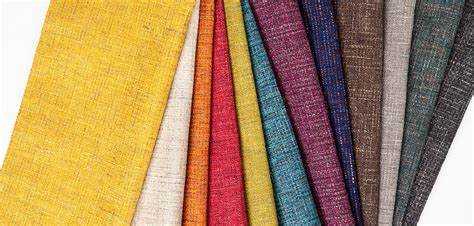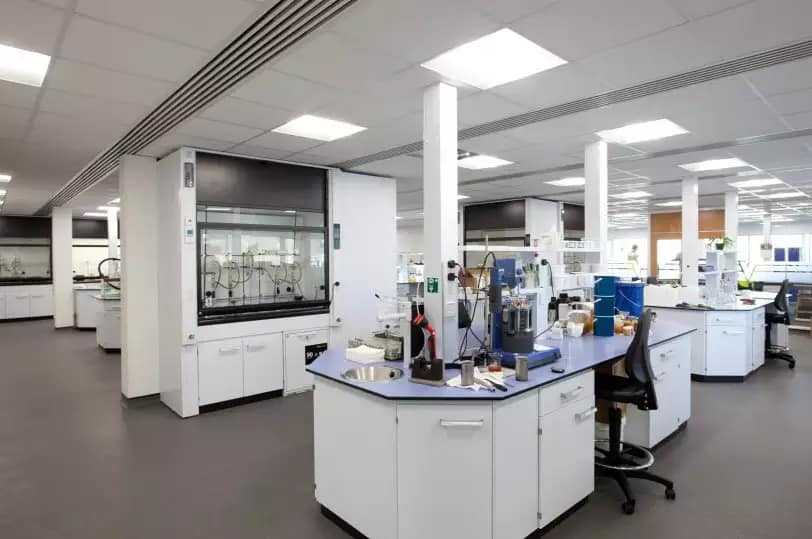HVI is a high volume instrument in textile testing. Its English name is High Volume Inspenction. The tester was successfully developed by Spinlab and MCI in 1968. After continuous improvement, Spinlab launched the HVI900 system in 1984. Later, the Swiss company USTER acquired Spinlab, and successively introduced three products such as HVI9000, HVI CLASSING and HVI SPECTRUM to the market. At present, the mainstream products on the market are HVI CLASSING and HVI SPECTRUM.
HVI SPECTRUM can measure length, length uniformity, short fiber index, strength, elongation, micronaire value, color grade and impurities; in addition, it also has the function of measuring the maturity and moisture content of cotton fiber, and can measure the NEP The TESTER 720 nep tester is integrated with the UV instrument; it can also complete the analysis of the cotton bale samples in a very short time according to international trade standards, and give them a rating. The fully automated design makes cotton purchasing and daily cotton distribution management very simple and easy.
Use HVI system to test, there is no human factor in the whole test process, sampling is fully automated, operation is convenient and fast, and the results are accurate and reliable; the test work efficiency is high, and it only takes 20 to 30 seconds to test a sample, which is improved due to the application of a computer system. The single machine automation level has been expanded, the test index content has been expanded, and the camera curve, length uniformity index and short fiber index can be provided, which can comprehensively reflect the length distribution. Among them, HVI SPECTRUM provides spinnability consistency by deriving empirical formulas. The index SCI provides valuable information for the quality of cotton assembling and subsequent products.
The role of HVI system in textile inspection
The role of the HVI system in the textile inspection process. First of all, we must talk about the evolution of textile physical property inspection methods. Some major cotton-producing countries, especially the United States, have gone through three stages in the inspection methods of textile physical property inspection: the first stage It is the sensory inspection stage. In this stage, the cotton inspection is carried out based on the inspector's senses. Later, a ginning machine test was added to determine the lint of the seed cotton. Although the sensory inspection is fast and simple, and does not require any investment, it is restricted by human factors. In the physical performance inspection of textiles, the data obtained by conventional instrument inspection is far from random and accurate. Affected by the technical conditions at the time, the conventional textile instrument inspection has the disadvantages of single output technical indicators, long sample preparation time, and low inspection efficiency. In this way, the textile inspection method has entered the second stage, sensory inspection + conventional instrument inspection. With the in-depth research on textile inspection mechanism and physical properties, the "span length" originally obtained from the length camera has gradually been accepted by cotton producers and users. In addition, the development of the HVI system has made technical progress. A breakthrough, the advanced HVI system firstly benefited its producing country, the United States. In 1992, the U.S. cotton used HVI inspection rate as high as 100%. The United States abandoned the cotton inspection method of sensory inspection + conventional instrument inspection and entered cotton. The third stage of inspection-HVI inspection stage, and promoted the progress of global cotton inspection technology.

Problems encountered when using the HVI system
The price and after-sales service of the HVI system are expensive, and the requirements for the use environment and operation and maintenance personnel are quite high.
"Cotton Quality Instrumented Notary Inspection Technical Specifications (Trial)" specifies the sampling, inspection methods, use environment, instrument operating procedures and calibration specifications of the HVI system in detail. If the test results are to be accurate and reliable, it is necessary to build a system that complies with GB6529— —The constant temperature and humidity test room required by 1986 "Humidity Control and Testing Standard Atmosphere for Textiles" also needs to be equipped with corresponding temperature and humidity automatic monitoring and indicating equipment to improve the management efficiency of the test room temperature and humidity. This construction cost is expensive The key is whether the management after completion is in place; secondly, the cotton samples required for the regular calibration of the HVI system are cotton calibrated by the United States Department of Agriculture, which becomes the use of American cotton standards to test the physical properties of Chinese cotton. Performance cannot objectively reflect the true quality of domestic raw cotton. Third, the HVI system has higher requirements for operators. The operators must be proficient in system inspection, system verification, system testing and module testing; maintenance personnel must be able to perform routine maintenance on the HVI system and be able to eliminate general faults . However, a qualified HVI system operator and maintenance personnel cannot be trained overnight. There is a process of accumulation and development, and this process varies from person to person.
The HVI textile testing large-capacity instrument integrates cotton classification experience and cotton fiber physical performance testing technology. It is a high-tech product integrating current electronics, computers, optics, sensors, and pneumatics. With the continuous development of the textile testing industry, it is gradually promoted Application, and form its own technical characteristics according to.

